ELECTRICITY AND ELECTRONICS WORK The design and construction of items which will be connected to the mains supply where the use of electricity is peripheral (eg, lamps) or fundamental (eg, low-voltage power supplies for electronics). Process(es) covered: Instruction in the repair and maintenance of high-voltage equipment. The construction of electronics circuits from prepared modules […]
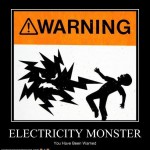
Before starting any experimentation, even if it’s just prototyping on breadboards you need to think about… Seeing yourself as a giant resistor. Sounds a bit silly right? It’s true though, the human body does have some resistance to electric current. To stay as safe as you can when working with electronics you need to think […]
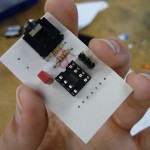
OK time to put some components onto my board to see if I’ve got this right so far. The soldering was quite easy, some of my GCSE knowledge came drifting back up from where it was buried in my brain plus a couple of the guy’s here have worked as electrical engineers (thanks Steve!) Tips: […]
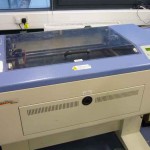
There are a few things to keep in mind when using the laser cutter: Never use without turning on the extraction! The laser melts through the material being cut and can release harmful fumes. It also causes damage to the machine by fogging up the mirrors and making the laser less efficient. Never look directly […]
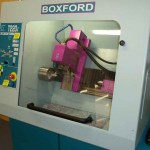
I pulled this safety information from the Boxford website (http://www.boxford.co.uk/boxford/docs/products/t220.htm#safety accessed on 14/01/2011): Safety equipment features Full perimeter guarding with interlocking switches on access doors arranged in the positive (safety) mode for spindle stop and feed hold. Overload cut-out on spindle drive. Positive end stops on all axes. Mandatory graphics run required for new programs before matching cycle can […]
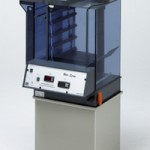
By their nature all PCB developing/etching chemicals will be hazardous to some extent – e.g. corrosive; irritant etc. You should always wear protective clothing (even if it’s just to stop nasty yellow splotches from the ferric chloride on your clothes) and goggles. Always read the health and safety sheets before mixing or using any of the […]
COSHH Information on Ferric Chloride Uses/Processes To produce, by etching away unwanted copper, an electronic circuit board designed to meet a specific requirement. The prepared board is immersed in ferric chloride (iron (III) chloride) solution or sodium peroxodisulfate (persulfate) solution to etch away the copper. The board is sometimes cleaned with a solvent before or […]